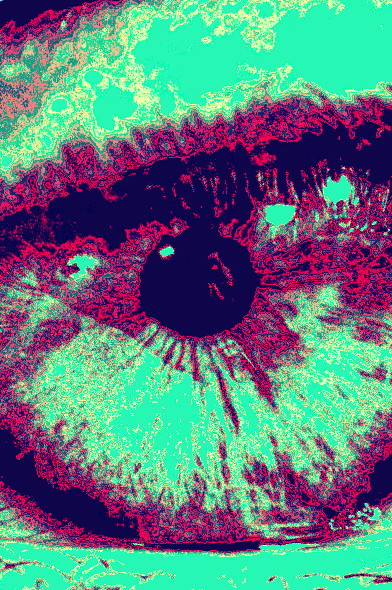Life flickers in donated eyes
 Scientists have briefly revived light-sensing cells in the eyes of a deceased person.
Scientists have briefly revived light-sensing cells in the eyes of a deceased person.
Researchers in the US have revived light-sensing neuron cells in organ donor eyes and restored communication between them as part of a series of discoveries that could transform brain and vision research.
The team used the retina as a model of the central nervous system to investigate how neurons die - and test new methods to revive them.
“We were able to wake up photoreceptor cells in the human macula, which is the part of the retina responsible for our central vision and our ability to see fine detail and colour,” explains Moran Eye Center scientist Dr Fatima Abbas.
“In eyes obtained up to five hours after an organ donor’s death, these cells responded to bright light, colored lights, and even very dim flashes of light.”
While initial experiments revived the photoreceptors, the cells appeared to have lost their ability to communicate with other cells in the retina. The team identified oxygen deprivation as the critical factor leading to this loss of communication.
To overcome this issue, Dr Frans Vinberg designed a special transportation unit to restore oxygenation and other nutrients to the organ donor eyes.
Dr Vinberg also built a device to stimulate the retina and measure the electrical activity of its cells.
With this approach, the team was able to restore a specific electrical signal seen in living eyes, the “b-wave”. It is the first b-wave recording made from the central retina of postmortem human eyes.
“We were able to make the retinal cells talk to each other, the way they do in the living eye to mediate human vision,” says Dr Vinberg.
“Past studies have restored very limited electrical activity in organ donor eyes, but this has never been achieved in the macula, and never to the extent we have now demonstrated.”
The process demonstrated by the team could be used to study other neuronal tissues in the central nervous system, helping researchers develop a better understanding of neurodegenerative diseases, including blinding retinal diseases such as age-related macular degeneration.
Dr Vinberg says this approach can also reduce research costs compared to non-human primate research and dependence on animal models that produce results that do not always apply to humans.
While mice are commonly used in vision research, they do not have a macula. Researchers can also test potential new therapies on functioning human eye cells, speeding drug development.
“The scientific community can now study human vision in ways that just aren’t possible with laboratory animals,” says Dr Vinberg.
“We hope this will motivate organ donor societies, organ donors, and eye banks by helping them understand the exciting new possibilities this type of research offers.”








 Print
Print